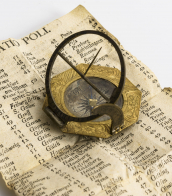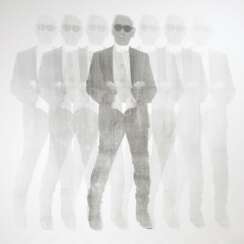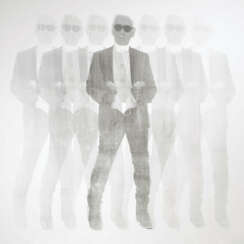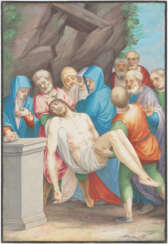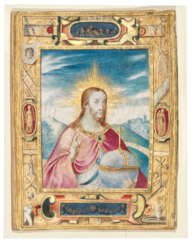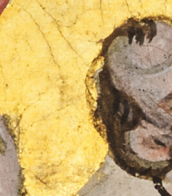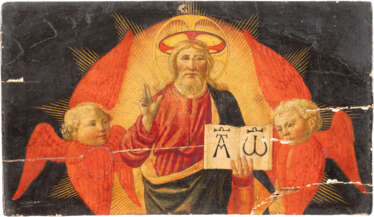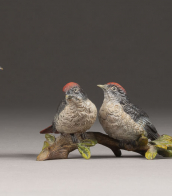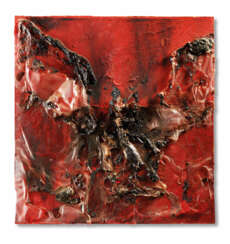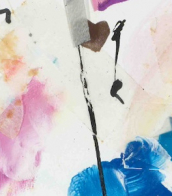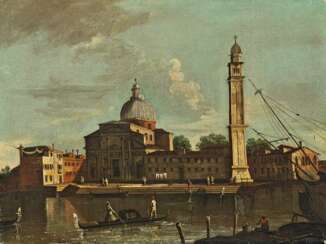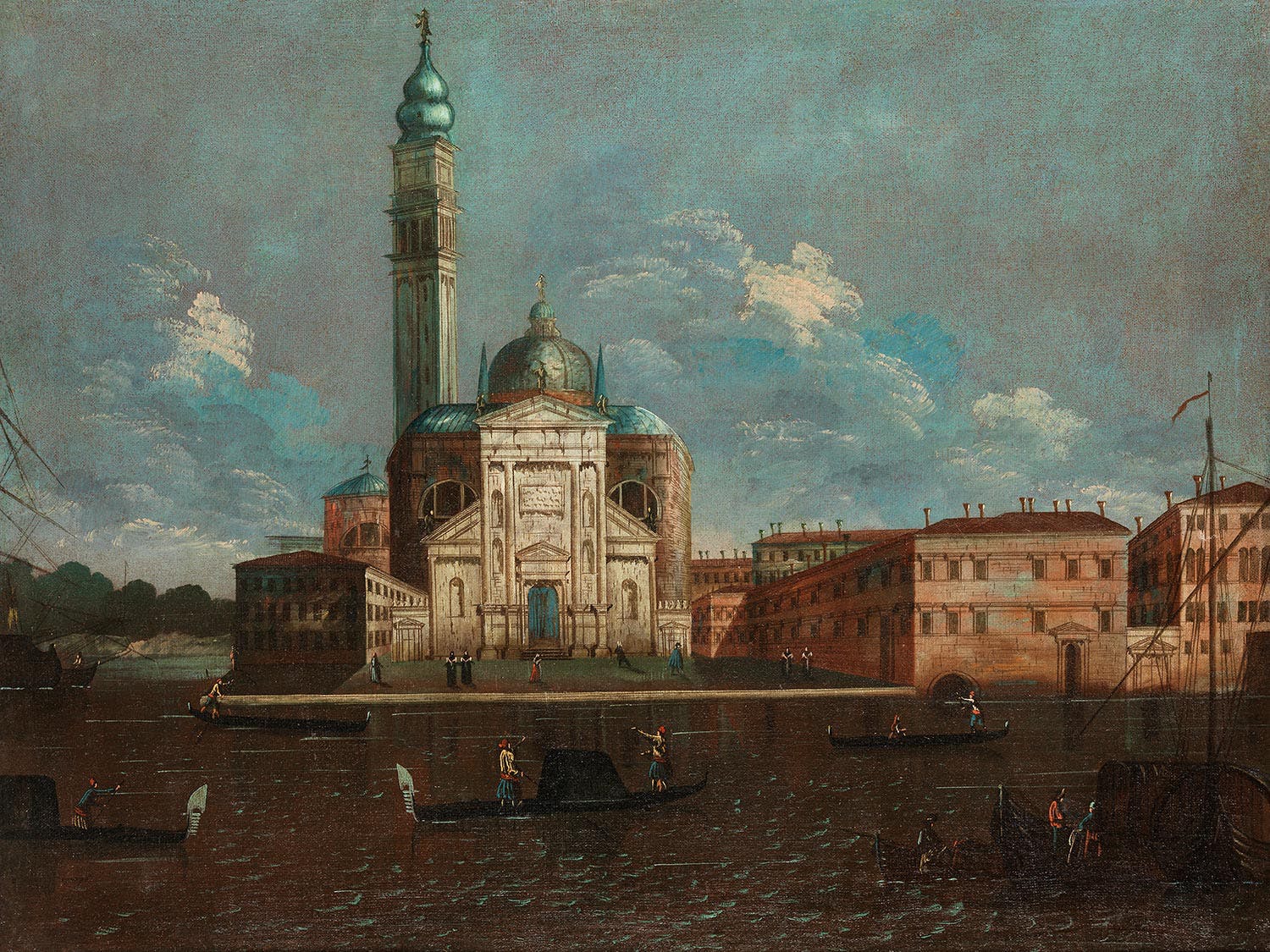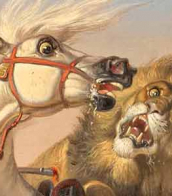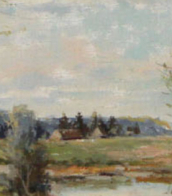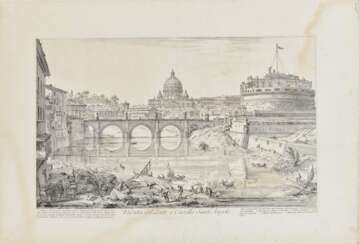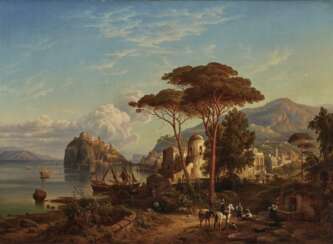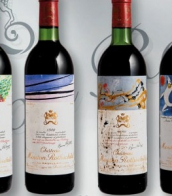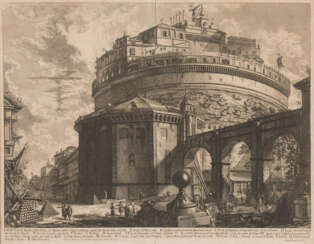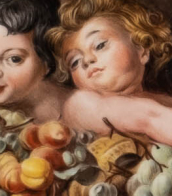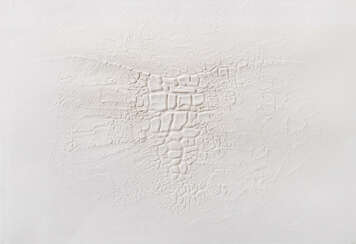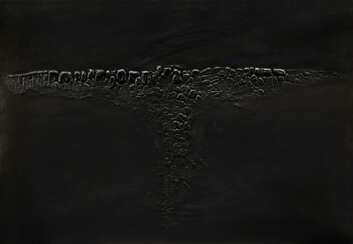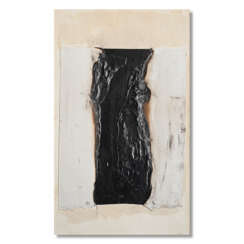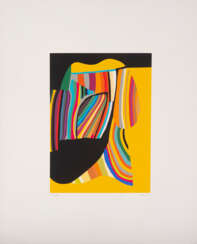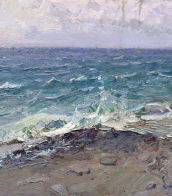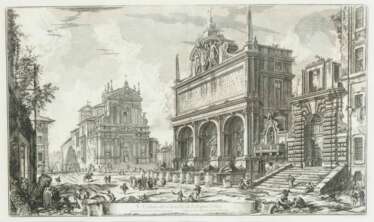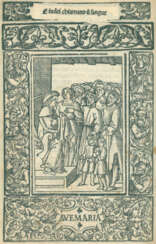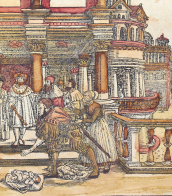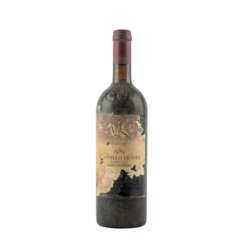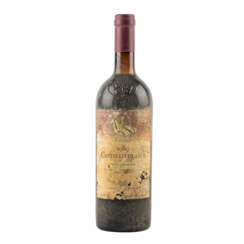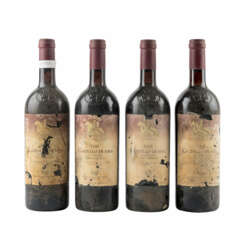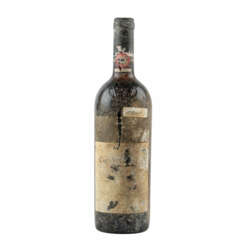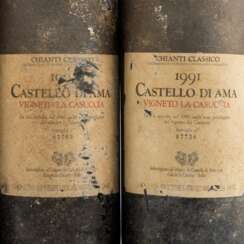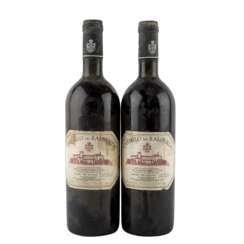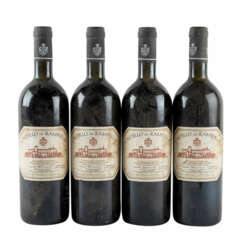castello
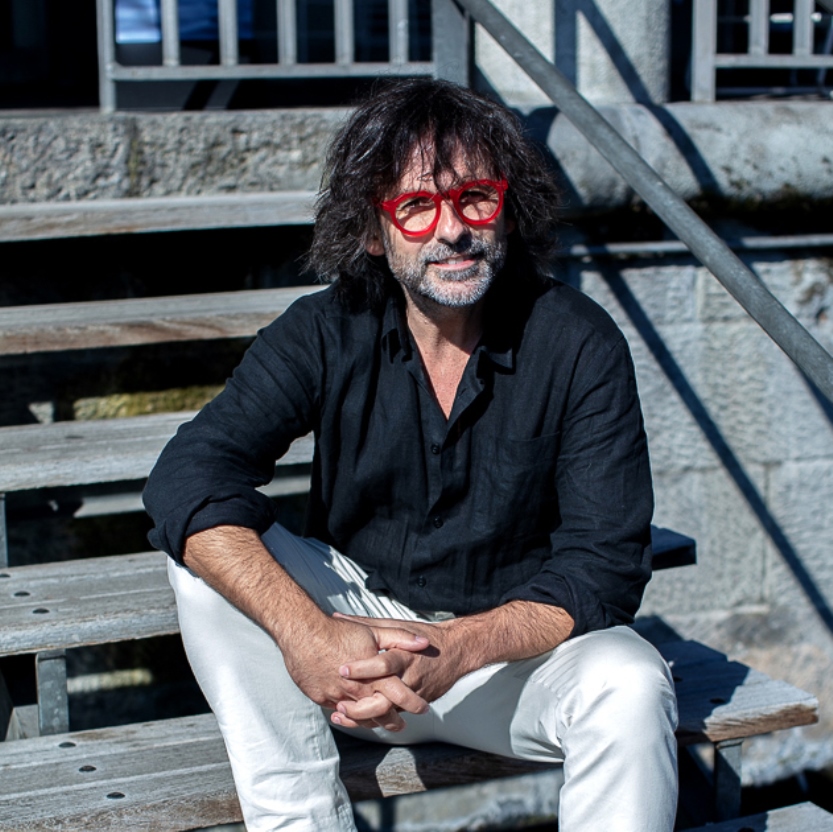
Niclas Castello, real name Norbert Zerbs, is a German painter and sculptor, representative of Pop Art.
Niclas studied art in Germany, Paris and New York. In the 1990s in West Berlin he discovered street art, which became the basis of his career. He is known for a series of sculptures titled "Kiss Sculptures" and the works "Cube Painting-Sculpture". Castello also uses an unusual technique to capture the moment the work emerges: at the end of the realization, the artist takes the piece and compresses it to place it in a box.
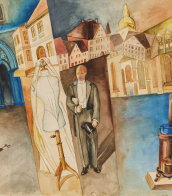

Niclas Castello, real name Norbert Zerbs, is a German painter and sculptor, representative of Pop Art.
Niclas studied art in Germany, Paris and New York. In the 1990s in West Berlin he discovered street art, which became the basis of his career. He is known for a series of sculptures titled "Kiss Sculptures" and the works "Cube Painting-Sculpture". Castello also uses an unusual technique to capture the moment the work emerges: at the end of the realization, the artist takes the piece and compresses it to place it in a box.
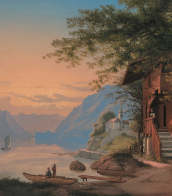

Niclas Castello, real name Norbert Zerbs, is a German painter and sculptor, representative of Pop Art.
Niclas studied art in Germany, Paris and New York. In the 1990s in West Berlin he discovered street art, which became the basis of his career. He is known for a series of sculptures titled "Kiss Sculptures" and the works "Cube Painting-Sculpture". Castello also uses an unusual technique to capture the moment the work emerges: at the end of the realization, the artist takes the piece and compresses it to place it in a box.
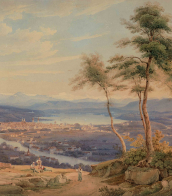
Giovanni Battista Castello was an Italian historical painter. His best-known works are the paintings on the vault of the Basilica della Santissima Annunziata del Vastato. He was an architect and sculptor as well as painter. He painted of the Martyrdom of St. Sebastian in the monastery of San Sebastiano. He worked on various projects with his friend Cambiaso, including in a chapel for the Duomo di San Lorenzo.
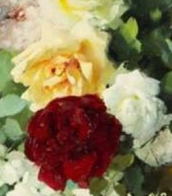
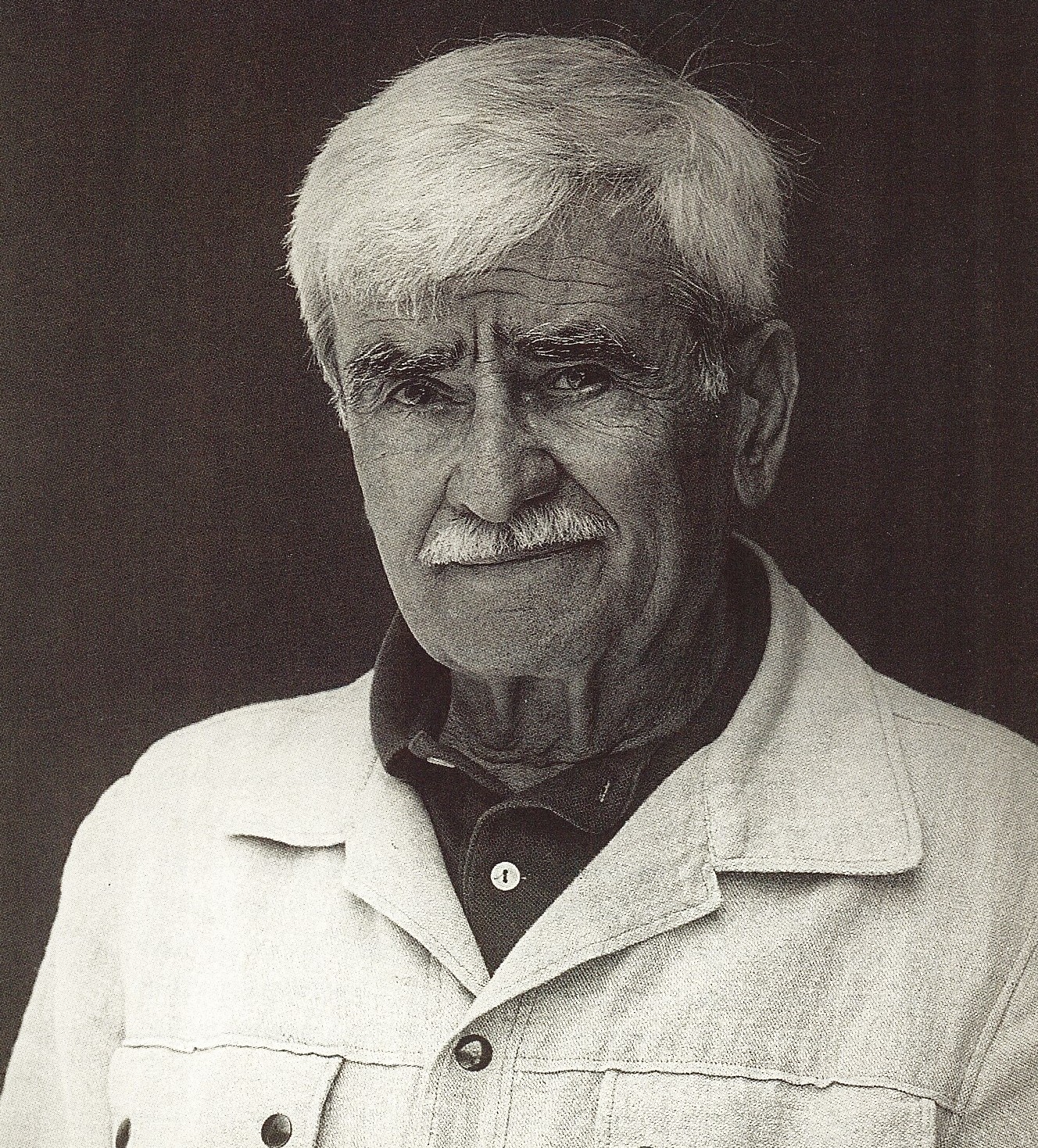
Alberto Burri was an Italian visual artist, painter, sculptor, and physician based in Città di Castello. He is associated with the matterism of the European informal art movement and described his style as a polymaterialist. He had connections with Lucio Fontana's spatialism and, with Antoni Tàpies, an influence on the revival of the art of post-war assembly in America (Robert Rauschenberg) as in Europe.
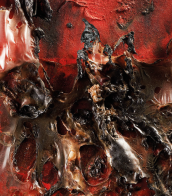
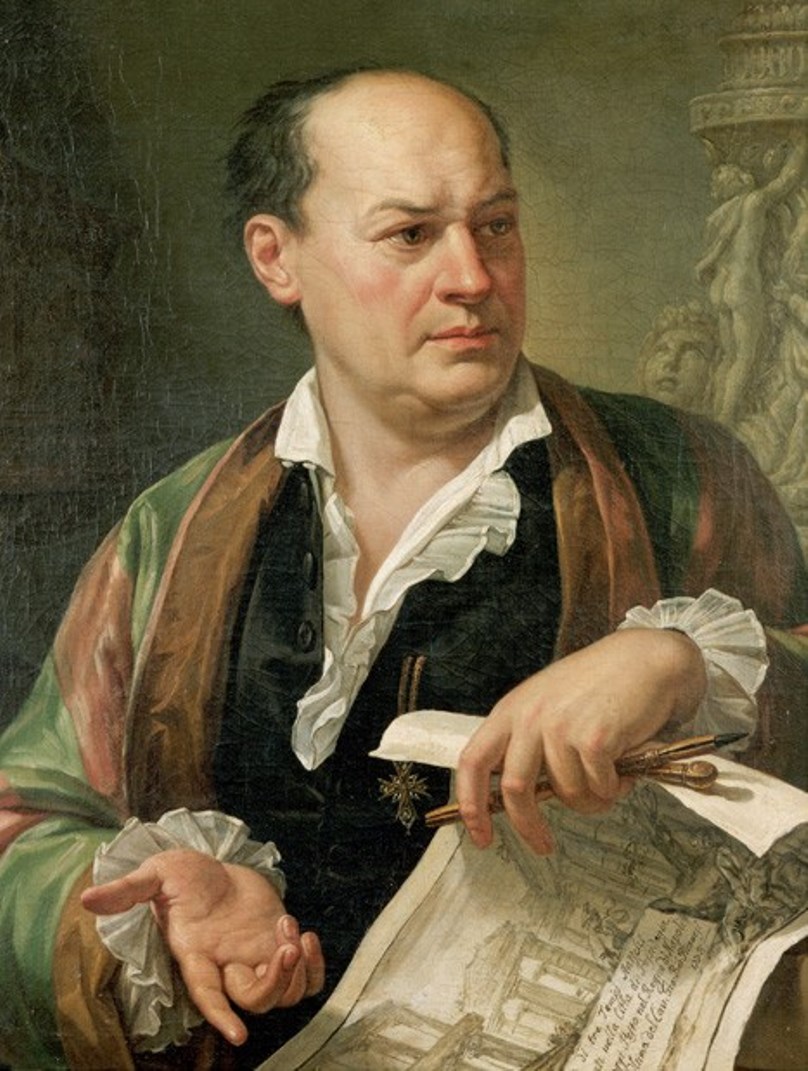
Giovanni Battista Piranesi was an 18th-century Italian painter, engraver, architect, and archaeologist who represented Neoclassicism and Romanticism. He was famous for creating a lot of original etchings with images of antique architecture monuments.
Giovanni Piranesi created hundreds of drawings and drafts in which he depicted the reconstructed ruins of ancient Roman buildings. His works are still used as teaching aids in the education of architectural students in many prestigious European universities. Piranesi periodically printed voluminous books with dozens of his own engravings depicting modified ancient architectural masterpieces - "graphic fantasies". His works were in demand among professional architects, who borrowed Piranesi's original ideas for their designs.
The peak of Piranesi's career came in the 1760s when, in recognition of his merits, he became an honorary member of the Guild of St. Luke and received from the Pope the title of Knight of the Golden Spur.
More than 700 of the master's original etchings have survived, printed in scholarly works.
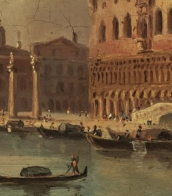
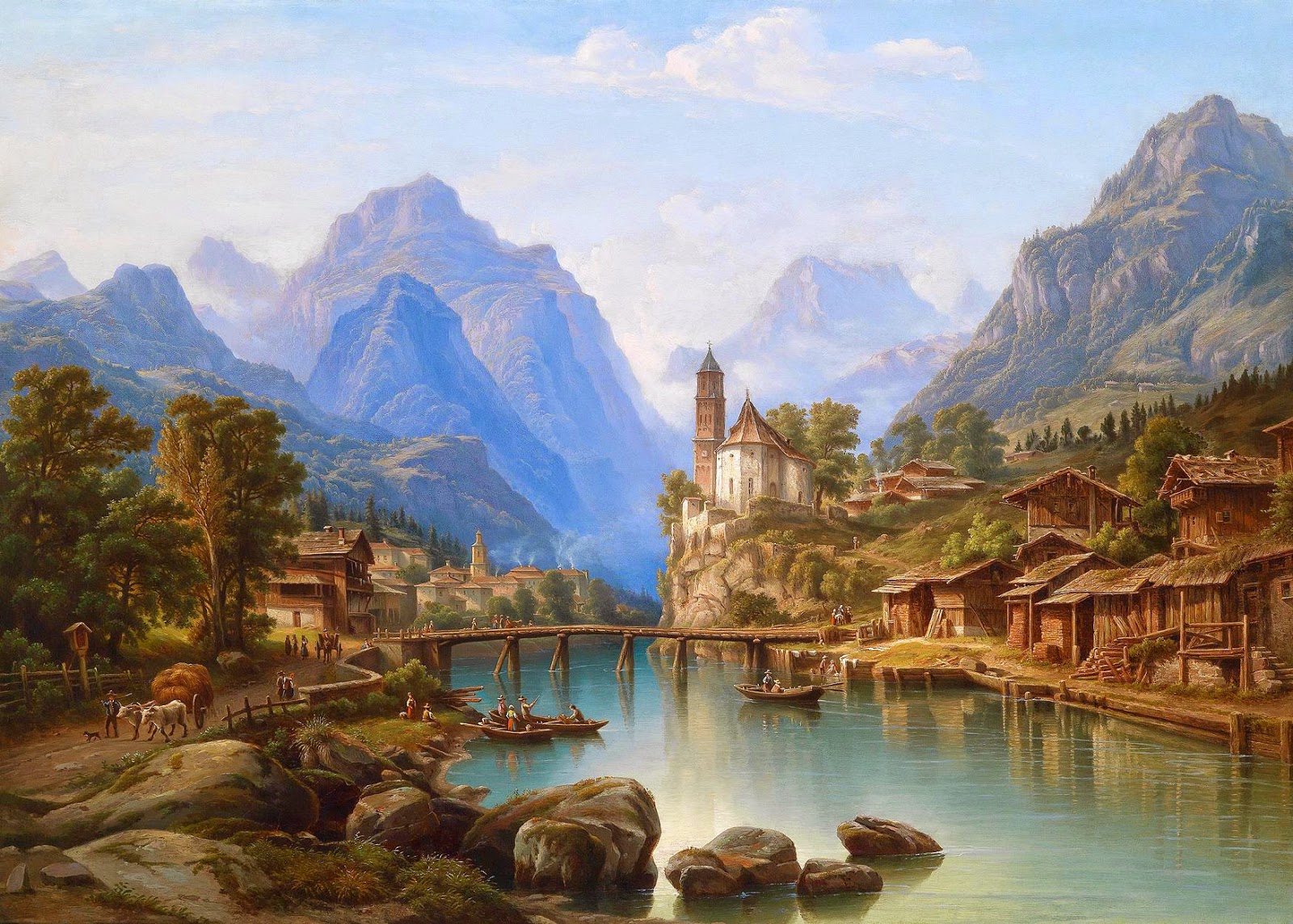
Heinrich Karl Jaeckel (Jäckel) was a German landscape painter who painted views of northern Italy and Switzerland. He exhibited regularly at the Berlin Academy, as well as in Lübeck, Dresden and Vienna.

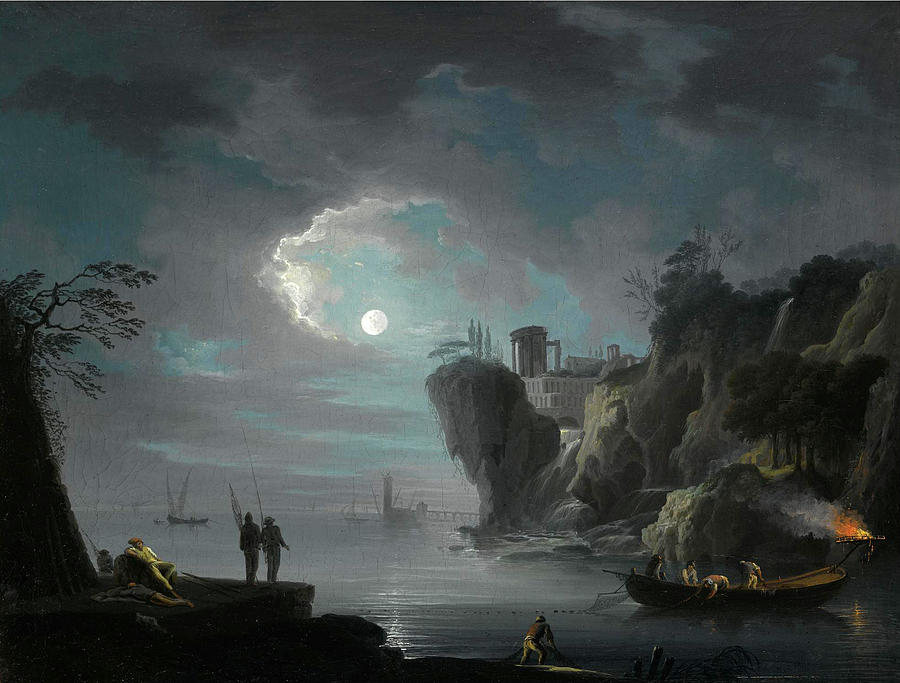
Francesco Fidanza is an Italian landscape painter.
The main theme of the artist's work is the greatness and beauty of nature. Fidanza painted seascapes of the Mediterranean with storm clouds, views of snow-covered coastal cliffs, depicted the erupting Vesuvius; nature in his paintings lives and breathes.
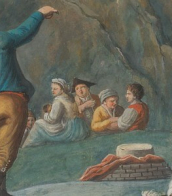

Alberto Burri was an Italian visual artist, painter, sculptor, and physician based in Città di Castello. He is associated with the matterism of the European informal art movement and described his style as a polymaterialist. He had connections with Lucio Fontana's spatialism and, with Antoni Tàpies, an influence on the revival of the art of post-war assembly in America (Robert Rauschenberg) as in Europe.
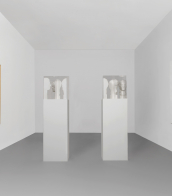

Alberto Burri was an Italian visual artist, painter, sculptor, and physician based in Città di Castello. He is associated with the matterism of the European informal art movement and described his style as a polymaterialist. He had connections with Lucio Fontana's spatialism and, with Antoni Tàpies, an influence on the revival of the art of post-war assembly in America (Robert Rauschenberg) as in Europe.


Alberto Burri was an Italian visual artist, painter, sculptor, and physician based in Città di Castello. He is associated with the matterism of the European informal art movement and described his style as a polymaterialist. He had connections with Lucio Fontana's spatialism and, with Antoni Tàpies, an influence on the revival of the art of post-war assembly in America (Robert Rauschenberg) as in Europe.


Alberto Burri was an Italian visual artist, painter, sculptor, and physician based in Città di Castello. He is associated with the matterism of the European informal art movement and described his style as a polymaterialist. He had connections with Lucio Fontana's spatialism and, with Antoni Tàpies, an influence on the revival of the art of post-war assembly in America (Robert Rauschenberg) as in Europe.
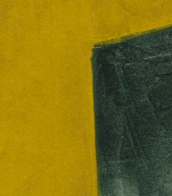

Giovanni Battista Piranesi was an 18th-century Italian painter, engraver, architect, and archaeologist who represented Neoclassicism and Romanticism. He was famous for creating a lot of original etchings with images of antique architecture monuments.
Giovanni Piranesi created hundreds of drawings and drafts in which he depicted the reconstructed ruins of ancient Roman buildings. His works are still used as teaching aids in the education of architectural students in many prestigious European universities. Piranesi periodically printed voluminous books with dozens of his own engravings depicting modified ancient architectural masterpieces - "graphic fantasies". His works were in demand among professional architects, who borrowed Piranesi's original ideas for their designs.
The peak of Piranesi's career came in the 1760s when, in recognition of his merits, he became an honorary member of the Guild of St. Luke and received from the Pope the title of Knight of the Golden Spur.
More than 700 of the master's original etchings have survived, printed in scholarly works.
